Camping lets me dive into nature and make memories that last. But, finding the right campsite is key to a great trip. This guide will help you pick the best campsite, covering personal likes, types of sites, amenities, and budget.
By knowing what makes a good campsite, we can all have better camping trips. Let’s explore how to choose the perfect spot for our adventures.
Key Takeaways
- Identifying personal camping preferences is the first step in site selection.
- Diverse types of campsites exist, each with unique advantages.
- Essential amenities can greatly enhance the camping experience.
- Understanding budget factors ensures an enjoyable trip without financial stress.
- Seasonal changes can impact camping conditions and should be considered.
Understanding Your Camping Preferences
When I start planning my camping trip, knowing what I like is key. I think about activities that excite me, like hiking, fishing, or finding peace in nature.
It’s also crucial to think about what makes me comfortable. Do I want a simple, natural setting or something more luxurious? This helps me pick the right campsite for a great experience.
Using resources like camping forums and guides is super helpful. They help me figure out what’s important for me. This way, I can find a campsite that fits my style perfectly.
How to Choose the Best Campsite for Your Needs
Finding the right campsite is key for a great outdoor adventure. I look at the amenities first. I check if there are restrooms, showers, and kitchens on my assessing campsite amenities checklist. These things make me comfortable.
I also think about fun activities like hiking, fishing, and picnics. These activities help me decide where to go.
Assessing Ideal Amenities
When I look at amenities, I focus on what’s important to me. Here are some key things:
- Availability of clean restrooms and showers
- Access to cooking and dining areas
- Recreational options such as playgrounds for children
- Safety features, including well-maintained paths and lighting
Location Considerations
Location is very important to me. I look at how close it is to attractions and how easy it is to get there. The scenery around the campsite is also a big deal. It makes my trip better.
I use guides and maps to learn more about the campsite. This helps me see if it fits what I want.
For more tips on picking a good campsite, I check out this guide. It gives great advice on what to look for.
Exploring Different Types of Campsites
When searching for the perfect campground, it’s key to know the different types available. Each type meets different needs and preferences. Here, I’ll cover the most common types to help you choose.
National Parks
National parks offer breathtaking views and a chance to connect with nature. Camping here lets you see wildlife and enjoy scenic views. But, amenities might be limited, so planning is crucial.
These parks have rules to protect the environment. This might limit some activities.
State Parks
State parks offer a great mix of fun and facilities. They have better amenities like restrooms and picnic areas. You can enjoy hiking, fishing, and swimming, making it a diverse experience.
This infrastructure is a big plus when looking for the perfect campground.
Private Campgrounds
Private campgrounds are great for families with lots of amenities and activities. They have recreational facilities, organized activities, and special services. This makes camping more comfortable and enjoyable.
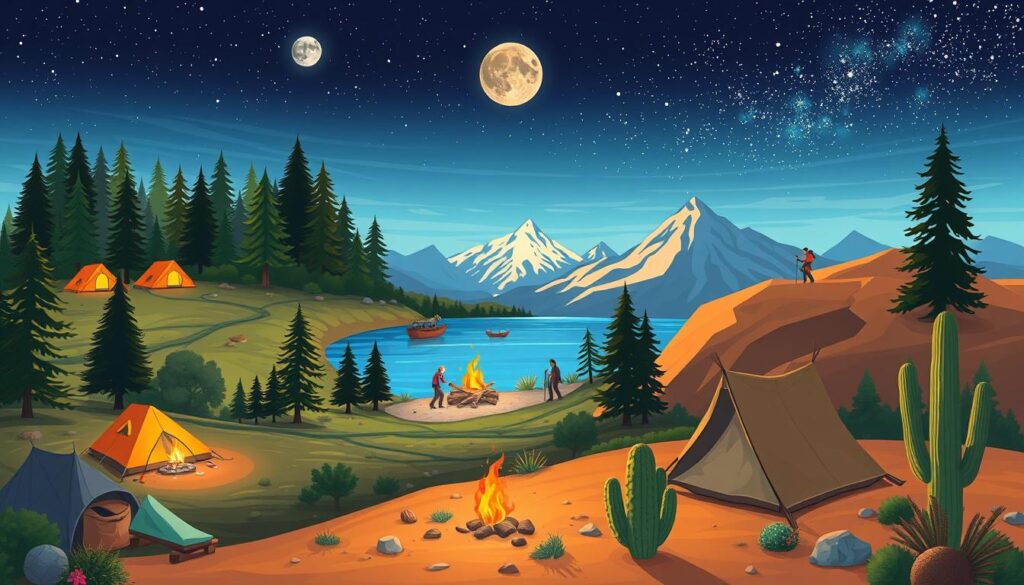
Evaluating Distance and Accessibility
When I plan my camping trips, I always think about how long it takes to get there. The distance affects my budget and how much I enjoy the trip. It’s key to know how far I’m willing to travel.
Travel Time
Knowing how long it takes to get to a campsite is important. I look at traffic, road conditions, and any stops I might make. Using online maps helps me see my route and plan for any delays.
This way, I can pick a campground that fits my schedule.
Accessible Facilities
Having the right facilities is crucial for a comfortable stay. I look for campgrounds with good parking, paths, and spaces for people with mobility issues. These features make my camping trip better and less stressful.
| Campground Name | Distance from Home (miles) | Estimated Travel Time (hours) | Accessibility Features |
|---|---|---|---|
| Green Lake State Park | 50 | 1.5 | Accessible parking, paved trails |
| Sunny Hill Campground | 70 | 2 | Restrooms with grab bars, wheelchair-accessible campsites |
| Maple Leaf RV Resort | 30 | 0.75 | Paved paths, designated parking areas |
Identifying Key Campground Amenities
Planning a camping trip means knowing what amenities are key. I make a detailed campsite amenities checklist to meet my needs. Knowing what facilities are available helps avoid surprises.
Restroom and Shower Facilities
The quality of restrooms and showers is crucial for comfort. I look for:
- Clean restrooms with enough privacy
- Hot water in showers all the time
- Accessible options for people with disabilities
These features greatly improve my comfort in nature.
Kitchen and Cooking Areas
Cooking outdoors is part of the fun. I check if there are:
| Facility | Description |
|---|---|
| Cooking Grills | Charcoal or propane grills for easy meal prep |
| Picnic Tables | Sturdy tables for meal prep and dining |
| Sinks | For washing dishes, keeping things clean |
Knowing what kitchen facilities are available helps me prepare better meals. It makes enjoying my food in nature even more special.
Finding the Perfect Campground
When I start a camping trip, finding the right campground is key. I start by researching campground reviews. This helps me see what others think and what to expect. Sites like Campendium, Yelp, and Google Reviews are full of useful feedback.
Researching Online Reviews
Looking into researching campground reviews gives me important details. I look for comments on cleanliness, staff, and the vibe. Photos shared by others help me get a clearer picture. By reading both good and bad reviews, I figure out what’s most important to me.
Utilizing Camping Apps
I also use camping apps to find the best spot. Apps like AllTrails and iOverlander are super helpful. They let me compare campgrounds easily, based on amenities, location, and ratings. This makes choosing the right campground easier and more fun.
Campground Site Selection Techniques
Choosing the right campsite is key to a great camping trip. I look at several important factors. First, being close to water is essential for cooking and cleaning.
I also seek out flat ground for setting up my tent. This makes it easier to move around and enjoy the outdoors. Plus, having shade trees helps keep me cool on hot days.
It’s also important to think about noise levels. Areas with lots of activity, like communal spaces or busy roads, can disrupt peace. I aim for quieter spots for a more serene stay.
Maps of the campground are super helpful in finding the best spot. I also ask staff or other campers for their advice. By using these tips, I can pick a site that fits my needs perfectly.
Campsite Selection Tips for Families
Choosing the right campsite is key for families wanting great outdoor adventures. Safety and easy access to fun activities are my top priorities. A safe campsite makes for a better camping trip.
Site Safety Considerations
Looking for safety means finding campsites with good lighting and safe distances from dangers. I seek places that feel secure, especially for kids. Campgrounds with fences or natural barriers offer extra safety. Here are some important points:
- Well-maintained paths and roads
- Proximity to emergency services
- Fire safety measures
- Clear signage for potential hazards
Proximity to Activities
When picking a campsite, think about what’s nearby. Campgrounds near fun spots make the trip better. Places like playgrounds, trails, or fishing spots keep everyone happy. Here are some things to look for:
- Swimming pools
- Nature trails
- Fishing spots
- Mini-golf courses
Using family camping forums or blogs helps find great campsites. Planning with these tips in mind makes for a safer, more fun camping trip.
Determining Your Budget for Camping
Setting a budget for camping is key to a great camping trip. Knowing what costs are involved helps me plan better and avoid surprises.
Camping Fees and Reservation Costs
Before my next camping trip, I must think about camping fees. The costs for reservations can change, so it’s good to know:
- Daily Camping Fees: These fees change based on the campsite’s location and what it offers.
- Reservation Charges: Some places charge extra for making a reservation, especially when it’s busy.
- Amenities Costs: I also need to think about extra costs for things like electricity or renting gear.
Hidden Expenses to Consider
There are also hidden costs to watch out for. Knowing about these can help me stay within my camping fees awareness:
- Firewood: Campers often have to buy wood for fires, which can be expensive.
- Gas for Travel: Travel costs can vary a lot, depending on how far you go and gas prices.
- Meal Preparation Costs: Planning meals can mean extra grocery bills, especially for big groups.
To keep track of my budget for camping, I use budgeting apps or spreadsheets. This way, I can make sure I’m not overspending and still have fun outdoors.
| Expense Type | Estimated Cost |
|---|---|
| Daily Camping Fees | $20 – $50 |
| Reservation Charges | $5 – $10 |
| Amenities Costs (Electrical Hookups) | $10 – $15 |
| Firewood | $5 – $10 |
| Gas for Travel | $30 – $100 |
| Meal Preparation Costs | $50 – $150 |
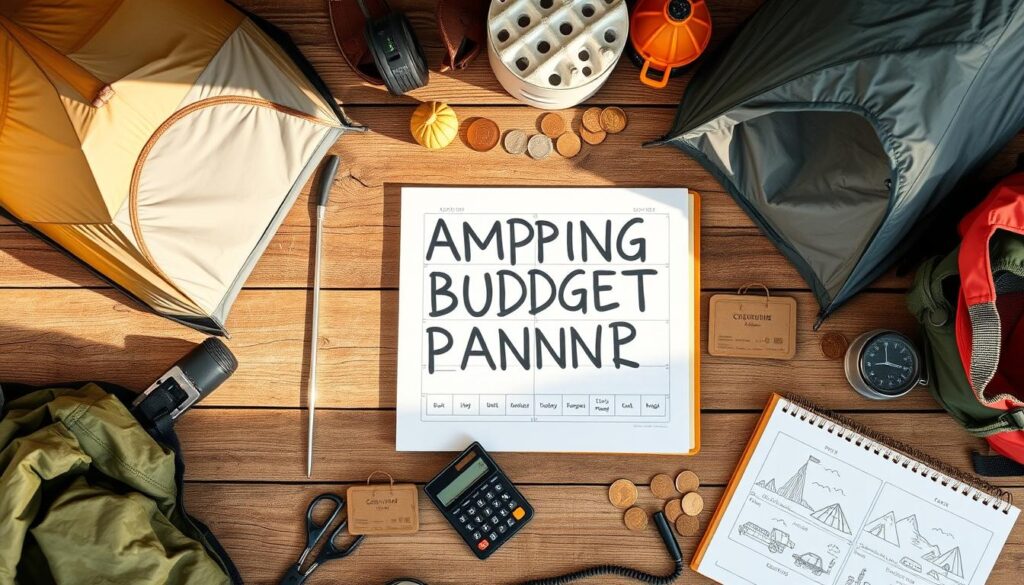
Preparing for Seasonal Changes
Planning my camping trips means understanding the importance of seasonal changes. I adjust my gear and approach based on the season. This keeps me comfortable and safe, whether it’s summer’s warmth or winter’s chill.
Summer vs. Winter Camping
Summer and winter camping have their own challenges. In summer, staying hydrated and protected from the sun is key. I pack lots of water and use sunscreen. I also wear light, breathable clothes to stay cool during the day and warm at night.
Winter camping, on the other hand, requires special gear for cold and snow. I bring warm sleeping bags, insulated clothes, and sturdy boots. Knowing the local weather is crucial for safety and comfort. Checking if campsites are open also helps me find the perfect spot.
By preparing for both summer and winter, I make my camping trips better. Being flexible lets me enjoy nature’s beauty, no matter the season. Proper preparation means I’m ready for any challenge that comes my way.
| Summer Camping Considerations | Winter Camping Considerations |
|---|---|
| Hydration and sun protection | Insulated sleeping bags and clothes |
| Lightweight and breathable gear | Sturdy boots for snow and ice |
| Checking for seasonal campground accessibility | Monitoring weather patterns closely |
| Planning activities to stay cool | Preparation for warmer meals and heating sources |
Conclusion
Looking back at my camping trips, I see that choosing the right campsite is complex. It involves knowing what I like and what campsites offer. Each part is key to planning the best camping trip.
Thinking about how far the campsite is and if it’s easy to get to is important. So are the amenities it has. These things make my outdoor adventure better.
My budget and planning for weather also matter. They help me relax and enjoy my trip more. This way, I’m ready for anything and make memories that last.
Having a good camping plan means I’ll have fun in nature. And I’ll have memories to treasure long after I return.
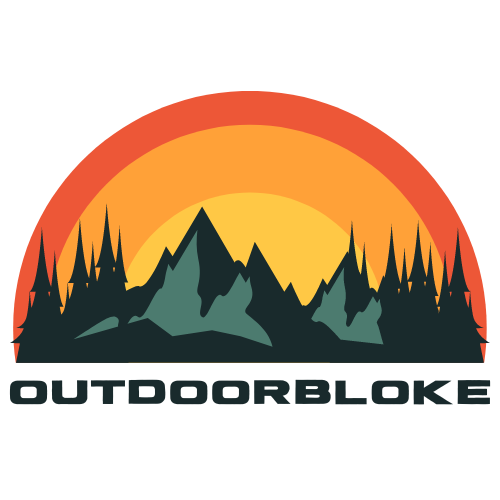


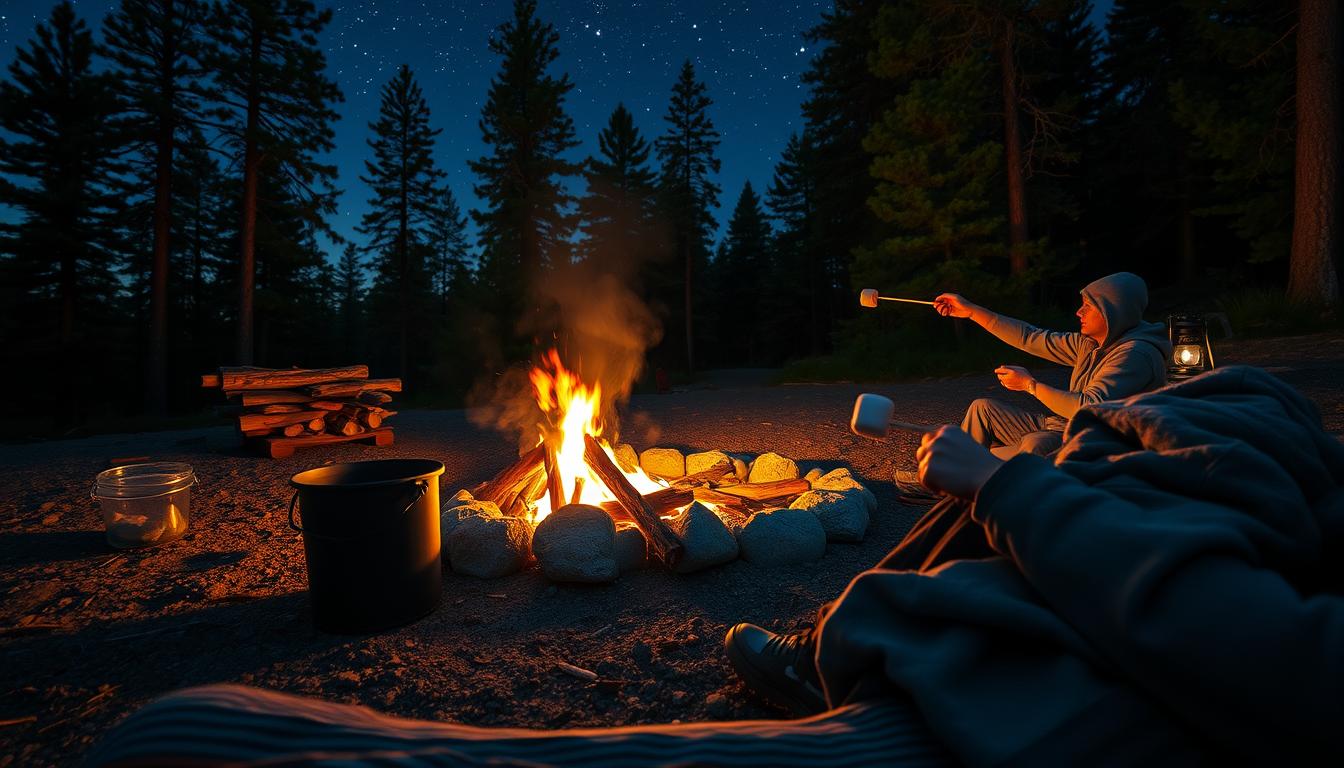
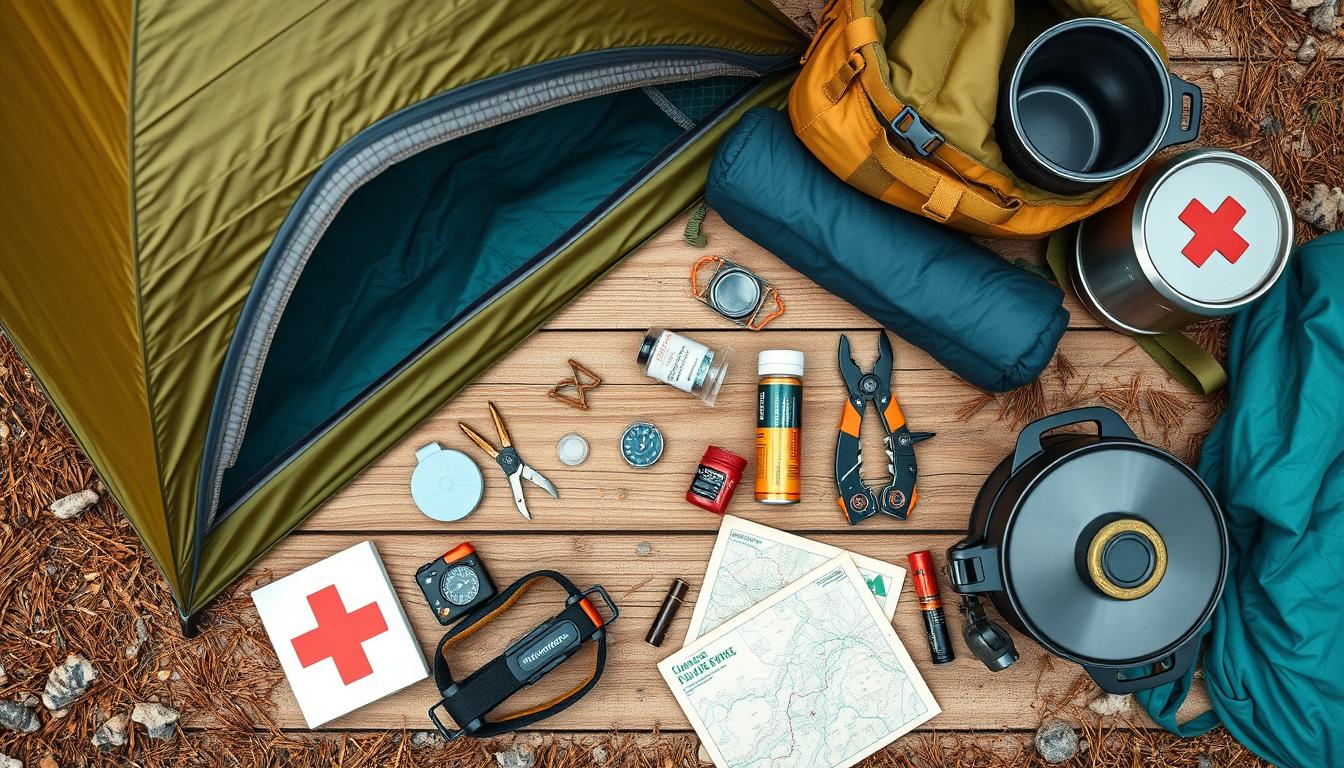
Leave a Reply